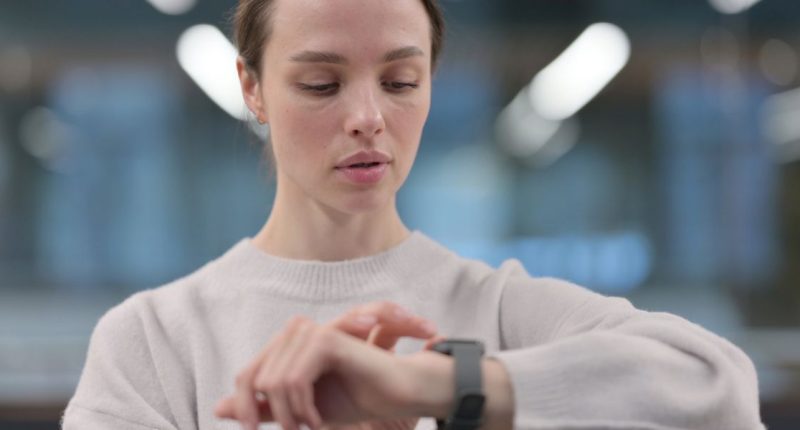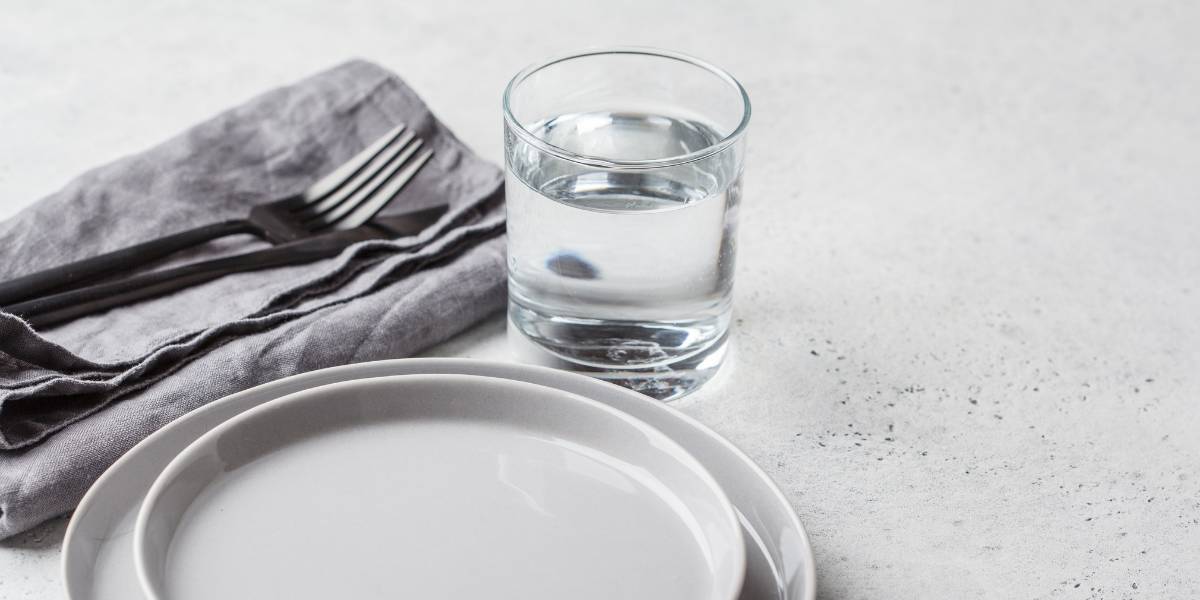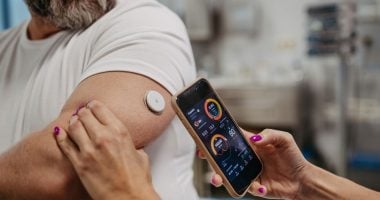You may be familiar with HbA1c as a metric to determine diabetes management, but there’s a new phrase to familiarise yourself with – Time in Range or TIR- thanks to the advent of continuous glucose monitoring.
What is Time in Range?
Time in Range is the percentage of time a person’s blood glucose levels are within a specified target range.
Typically, this would be between 4 mmol/L and 10 mmol/L, or whatever targets you have agreed with your healthcare team.
The goal with managing diabetes is to maximise the “time in range” and to minimise high and low sugar levels.
By doing this, blood glucose levels remain stable and this can reduce the risk of short-term and long-term health complications.
How to calculate Time in Range?
To calculate Time in Range from your blood glucose readings manually, follow these steps:
- Define your target blood glucose range
- Collect your blood glucose readings – either from your CGM or blood glucose meter
- Count how many readings fall within your defined target glucose range during the period you are analysing
- Calculate the percentage of time in the target range using the formula, expressed as a percentage of the total monitoring time
Time in Range (%) = [Number of readings within target range / Total number of readings] * 100
For example, if you have 288 readings in a 24-hour period (assuming most CGM devices record a reading every 5 minutes), and 230 of these readings are within the target range, the calculation would be:
Time in Range (%) = [230 / 288] * 100 = 79%
Typical Time in Range targets are for people with diabetes, based on guidelines and clinical recommendations:
| Category | Target Time in Range (4-10 mmol/L) | Target Time Below Range (<3.9 mmol/L) | Target Time Above Range (>10 mmol/L) |
|---|---|---|---|
| General Population with Diabetes | At least 70% | Less than 4% | Less than 25% |
| Pregnant Women with Type 1 Diabetes | At least 70% | Less than 4% | Less than 25% |
| Children & Adolescents with Type 1 Diabetes | At least 60% | Less than 4% | Less than 35% |
| Older Adults or Individuals with Higher Risk of Hypoglycemia | At least 50% | Less than 1% | Less than 49% |
References: American Diabetes Association (ADA) Standards of Medical Care in Diabetes (2023); International Consensus on Time in Range (2019); Advanced Technologies & Treatments for Diabetes (ATTD) Consensus Report (2019).
Why Time in Range matters?
Time in Range gives a far more detailed understanding of blood glucose control compared to the traditional HbA1c test.
HbA1c tests give you an average glucose level over 90 days but fail to reveal daily blood glucose fluctuations, or the frequency of highs and lows.
Time in Range gives a comprehensive view of a person’s daily blood glucose control.
It shows how diet, physical activity, and medications influence blood sugar levels.
This detailed understanding is essential in preventing the rollercoaster-like effects of fluctuating blood glucose levels and help to reduce the risk of both hypoglycemia and hyperglycemia.
For people with diabetes, an HbA1c level of 48mmol/mol (6.5%) or below is considered ideal. This equates to having a time in range of 80%.
The clinical importance of Time in Range
Research has shown that a higher Time in Range, that is, spending more time with your blood glucose levels between your target thresholds, is linked to a reduced risk of diabetes complications.
Time in Range is becoming a key endpoint in clinical trials evaluating new diabetes therapies, highlighting its importance as a predictor of treatment efficacy and patient outcomes.
Monitoring Time in Range
While monitoring Time in Range may seem cumbersome, it’s actually very simple.
Continuous glucose monitors (CGMs) and systems such as the Freestyle Libre 2 provide real-time blood glucose readings allowing you to track fluctuations throughout the day and night.
This continuous stream of data allows you and your healthcare team to assess your blood glucose control accurately.
Most CGMs come with apps that show your Time in Range.
- Buy a Freestyle Libre 2
- FreeStyle Libre 2: update enables use as a continuous glucose monitor
- How do CGM sensors work?
What’s more, the data that comes from your CGM can also help you to identify trends, such as times of day when blood sugar levels are most volatile, guiding more precise guidance on how to optimise blood glucose management.
Using Time in Range data
Time in Range data has several practical applications:
- It enables you to make more informed treatment decisions
- It enables your healthcare provider to design tailored interventions like medication dosages, dietary plans, and exercise regimens according to your unique biology
- Maintaining Time in Range can significantly reduce the risk of diabetes-related complications
- Time in Range empowers people with immediate feedback on their choices and develops a more engaged, proactive approach to health
Alongside HbA1c, Time in Range gives you an effective way of understanding your state of diabetes control.





